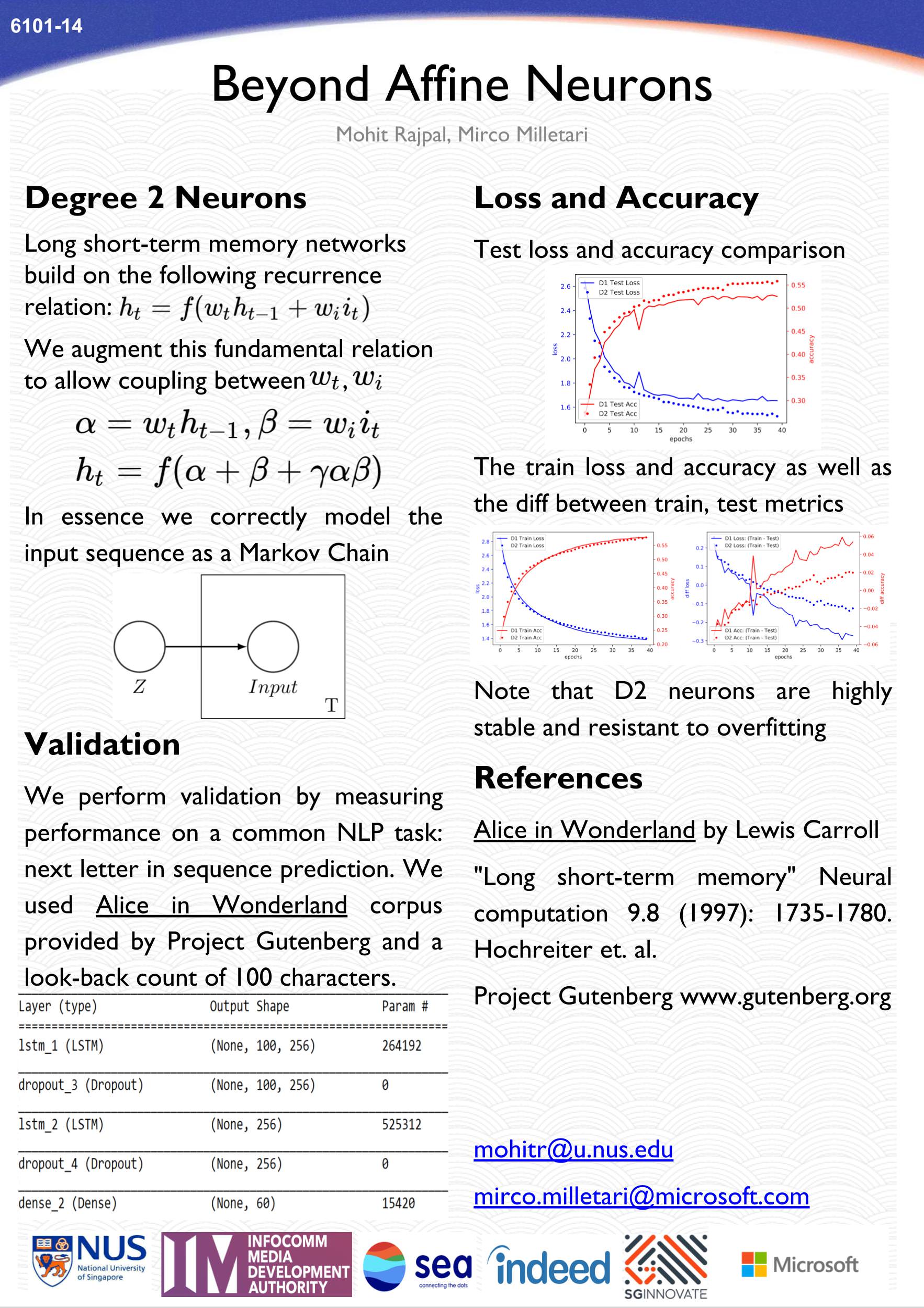
It obtains new state-of-the-art results on eleven natural language processing tasks, including pushing the GLUE benchmark to 80.4% (7.6% absolute improvement), MultiNLI accuracy to 86.7 (5.6% absolute improvement) and the SQuAD v1.1 question answering Test F1 to 93.2 (1.5% absolute improvement), outperforming human performance by 2.0%. As a result, the pre-trained BERT representations can be fine-tuned with just one additional output layer to create state-of-the-art models for a wide range of tasks, such as question answering and language inference, without substantial task-specific architecture modifications.īERT is conceptually simple and empirically powerful.

Unlike recent language representation models, BERT is designed to pre-train deep bidirectional representations by jointly conditioning on both left and right context in all layers. We introduce a new language representation model called BERT, which stands for Bidirectional Encoder Representations from Transformers. BERT: Pre-training of Deep Bidirectional Transformers for Language Understanding, by Jacob Devlin, Ming-Wei Chang, Kenton Lee, and Kristina Toutanova Original Abstract

RoBERTa: A Robustly Optimized BERT Pretraining Approach.XLNet: Generalized Autoregressive Pretraining for Language Understanding.GPT2: Language Models Are Unsupervised Multitask Learners.BERT: Pre-training of Deep Bidirectional Transformers for Language Understanding.If you’d like to skip around, here are the papers we featured: Subscribe to our AI Research mailing list at the bottom of this article to be alerted when we release new summaries. To help you stay up to date with the latest breakthroughs in language modeling, we’ve summarized research papers featuring the key language models introduced during the last few years. While lots of AI experts agree with Anna Rogers’s statement that getting state-of-the-art results just by using more data and computing power is not research news, other NLP opinion leaders point out some positive moments in the current trend, like, for example, the possibility of seeing the fundamental limitations of the current paradigm.Īnyway, the latest improvements in NLP language models seem to be driven not only by the massive boosts in computing capacity but also by the discovery of ingenious ways to lighten models while maintaining high performance. Transfer learning and applying transformers to different downstream NLP tasks have become the main trend of the latest research advances.Īt the same time, there is a controversy in the NLP community regarding the research value of the huge pretrained language models occupying the leaderboards. The introduction of transfer learning and pretrained language models in natural language processing (NLP) pushed forward the limits of language understanding and generation. Check out Top 6 NLP Language Models Transforming AI in 2023.

UPDATE: We have published the updated version of this article, considering the latest research advances in large language models.


 0 kommentar(er)
0 kommentar(er)
